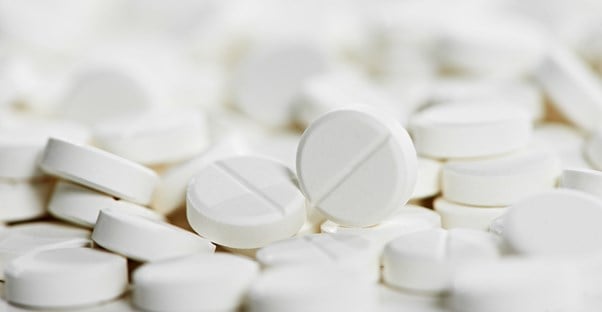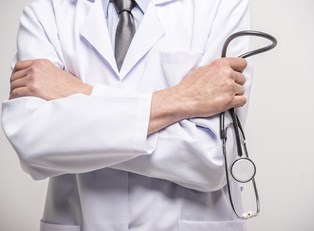Being told by a doctor you have contracted a sexually transmitted infection (STI) can feel like the end of the world. All of the sex education classes and birth control methods in the world can’t completely ensure that no one will ever contract an STI. In fact, according to the World Health Organization, almost five hundred million people worldwide contract syphilis, gonorrhea, trichomoniasis, or chlamydia. Chlamydia is the most common of these, largely because symptoms don’t develop until five to ten days after contact, if at all. In fact, experts state the number of persons infected by chlamydia but showing no signs ranges from 50% to 90%.
Luckily, in all this bad news, there is some good: chlamydia is easy to diagnose and easy to treat. Regular testing for people who are sexually active can go a long way toward controlling infection rate and the long term consequences of an untreated chlamydia. Once a patient is diagnosed, the doctor can devise a treatment plan. Here is a look at some of the most common treatment methods for this STI.
Medication
A round of antibiotics is usually all that is required to get rid of chlamydia. Azithromycin or doxycycline are the two most common and effective oral antibiotics prescribed to those with an infection, regardless of the presence of symptoms. Both of these are used for many different bacterial infections. Antibiotics should always be taken with food, to prevent an upset stomach. They also work better when taken at the same time every day, and your doctor will decide how often. The absorption rate of the medication can be affected if it is ingested with magnesium, calcium, and other substances, depending on which antibiotic your doctor chooses. Be sure to discuss this to ensure maximum efficiency. Additionally, always be sure to take the complete round, even if symptoms clear up. Failing to finish the entire prescription can actually result in reinfection—one that's even more resistant to the antibiotic.
Rest and Abstinence
The infection is normally resolved after a week or two, although symptoms usually begin to ease up within a couple of days of taking the antibiotics. Retesting is encouraged, especially for severe cases, to be positive the medication has been successful. Perhaps the most important part of treating chlamydia is to completely abstain from all sexual activity until the doctor pronounces you cured. Because chlamydia can be spread vaginally, orally, and anally, even sex with a condom should be avoided. Even if you only have one sexual partner, becoming active before being cleared by a doctor can result in passing the infection back and forth between one another. It is imperative anyone infected by chlamydia not only practice complete abstinence until the infection has been completely cured, but alert any recent sexual partners so that they too can be tested.
Herbal Remedies
Some people espouse at-home treatments for chlamydia, recommending the use of specific herbs known for their antibacterial properties. However, most experts recommend against this and question the effectiveness of such treatments. Herbs often interact in strange ways that can be hazardous to the user. Furthermore, without specific testing, it is impossible to know exactly what sort of infection has been contracted. Even if you wish to treat yourself, a visit to a qualified doctor is still essential for several reasons: to properly identify the infection, to be advised in the use of medication, and to be retested to ensure none of the bacteria remains.




